Can I wear Cowboy Boots for hiking?
People often find themselves pondering a common question during discussions, especially those who enjoy embracing their adventurous side: “Are cowboy boots suitable for hiking?”
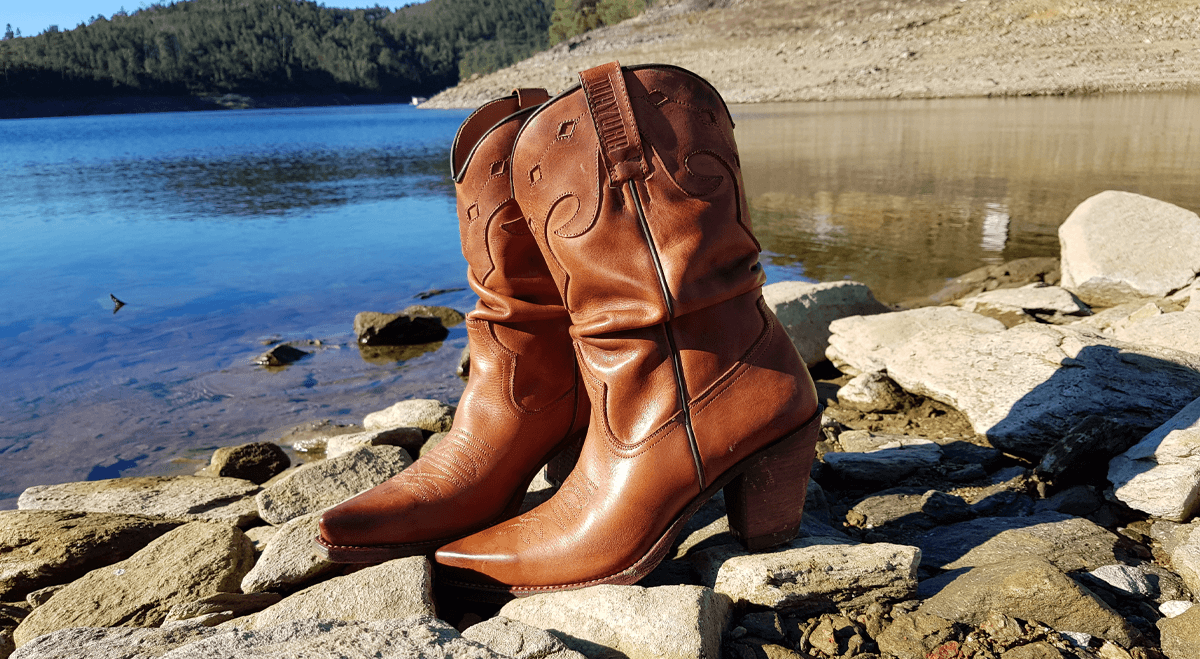
This inquiry delves beyond mere style considerations; it delves into the realms of comfort, functionality, and safety. The iconic cowboy boot, steeped in a rich history and boasting a unique design, faces the ultimate test when confronted with the demanding terrain and obstacles of a hiking trail.
In this post, we’ll delve deeply into the advantages and drawbacks of opting for cowboy boots on a hiking excursion. We’ll closely examine factors such as durability, comfort, traction, and support.
Whether you’re an experienced hiker or simply passionate about footwear, we extend an invitation for you to join us as we navigate this fascinating subject.
Understanding the anatomy of hiking boots
To make a fair comparison between cowboy boots and hiking boots, it’s important to grasp the key features that define a quality hiking boot. Unlike everyday shoes, hiking boots are crafted to deliver top-notch performance in outdoor environments, especially in challenging terrains.
Durability
Above all, the key characteristic of hiking boots lies in their toughness. Crafted from sturdy materials like leather or synthetics, they’re designed to endure harsh conditions. Many are equipped with waterproof or water-resistant features to shield your feet in damp environments.
Comfort
When you’re out on those long hikes, comfort becomes super important. That’s why hiking boots are made with these supportive midsoles and footbeds that give you some nice cushioning. And don’t forget about those padded collars and tongues – they’re there to add that extra bit of comfort, making sure your feet feel good every step of the way.
Traction
Good traction is a must when it comes to hiking boots. These boots have specially designed outsoles with deep lugs to provide a solid grip and stability on different surfaces, be it muddy paths or rocky trails. This traction plays a crucial role in avoiding slips and falls while hiking.
Ankle Support
Additionally, hiking boots offer great support for your ankles, which becomes particularly important when you’re navigating uneven terrains. This feature is crucial in avoiding ankle sprains or twists.
Protection from Elements
Keeping your feet safe from the elements is a crucial role that a good hiking boot plays. A lot of these boots come with a sturdy toe box and solid underfoot protection to guard against those pesky sharp rocks or roots during your outdoor adventures.
Types of hiking boots
Alright, so, you’ve got this cool variety in hiking boots, each crafted to tackle different terrains and suit diverse styles. You’ve got those light hiking shoes for a casual day stroll, mountaineering boots for the tough, uneven terrain and hefty loads, and backpacking boots tailored for those extended treks with a load on your back.
Taking a closer look at these features, it’s clear that hiking boots are finely tuned for the challenges of the trail. Now, let’s dive into the nitty-gritty and compare these aspects with what cowboy boots bring to the table, checking out how well they hold up for hiking adventures.
Cowboy Boots vs Hiking Boots: A detailed analysis
Now that we’ve got a grasp on the important aspects and perks of both cowboy and hiking boots, let’s dig in and compare them. We’ll take a closer look at factors such as how long they last, how comfy they are, the support they offer to your ankles, the grip they provide, and the level of protection they give.
Durability
Let’s kick things off with durability – both cowboy and hiking boots are crafted to be tough and stand the test of time. Cowboy boots, with their classic style, are often fashioned from leather, which gives them that extra durability factor. On the other hand, hiking boots opt for robust materials such as leather or synthetic blends.
But here’s the twist – when it comes to durability, hiking boots really go through the wringer, facing the toughest terrains and weather conditions. That’s a bit of a less prominent consideration in the design playbook for cowboy boots.
Comfort
Feeling comfy is super important, especially during those marathon hikes. Cowboy boots are made to stick around for the long haul, especially on smoother grounds like farms or dance floors.
Now, when it comes to hiking boots, they’re all about tackling those bumpy terrains. They’ve got things like cushy footbeds and extra padding around the collars, all aimed at giving you that added comfort as you trek along.
Ankle Support
When it comes to supporting your ankles, hiking boots take the lead. They typically have high-cut styles that wrap around and shield your ankles, minimizing the chances of sprains or twists on uneven ground.
While Cowboy boots have tall shafts that provide some ankle support, they aren’t specifically crafted to tackle the ankle-twisting challenges posed by rocks and roots on hiking trails.
4. Traction
When it comes to getting a good grip, hiking boots take the lead. They’ve got these deep, rugged soles that are designed to grab onto all sorts of surfaces, ensuring you stay steady on the trails.
Now, cowboy boots, on the other hand, usually sport smoother soles that work great on flat and even terrain. However, they might not give you the traction you need on those slippery or uneven hiking paths.
5. Protection from Elements
Finally, it’s crucial to think about staying protected from the elements. Hiking boots typically come with waterproof or water-resistant features and a reinforced toe box to shield against sharp rocks and roots.
Although cowboy boots can provide some defense against the elements, they aren’t specifically designed to guard against the particular challenges faced during hiking.
Exploring whether Cowboy Boots are a good choice for hitting the hiking trail:
Although the iconic cowboy boot carries a rich cultural history and serves as a unique style statement, it may not be the most practical choice for hiking. As previously discussed, certain essential features play a crucial role in ensuring comfort, stability, and safety on hiking trails, and it seems that cowboy boots fall short in these aspects.
While cowboys traditionally wear these boots, it’s crucial to note that their typical activities involve more horse riding than navigating challenging terrains. The distinctive design features that make cowboy boots functional for daily cowboy tasks render them less suitable for hikers.
The primary issues with cowboy boots arise from their tall heels and the lack of traction. The elevated heel, ideal for stirrups during horse riding, can result in instability when tackling rocky or tricky terrain.
This alteration in the wearer’s gait and posture increases the risk of slips or falls on the trail, causing strain or discomfort during extended hiking periods.
Moreover, the insufficient traction is a notable concern. Hiking often requires traversing slippery or uneven surfaces where a reliable grip is essential for safety.
Cowboy boots typically feature smoother soles designed for even surfaces, lacking the capability to provide the secure foothold that hiking boots offer.
While cowboy boots may be stylish and durable in specific environments, the consensus suggests they need to better cater to the specific demands and potential hazards of hiking trails.
It’s always advisable to choose footwear designed to support the intended activity; in the case of hiking, boots specifically designed for the purpose take the lead.
Cowboy boots are ideal for long walks
When it comes to walking around every day, cowboy boots have got their own thing going on. Especially if you’re covering some serious ground, you might want to check out ropers, stockmen, or western work boots. They’re all about keeping your feet happy for the long haul.
Unlike those classic cowboy boots with the high heels, ropers, stockmen, and western work boots keep it low-key with a low-profile heel. This isn’t just a style choice—it’s all about giving your feet the support they need and helping you keep your balance during those never-ending walks.
With the lower heel, your feet get to hang out in a more natural position, making your walking game a lot comfier. Plus, it takes some of the strain off your feet, ankles, and calf muscles.
And get this, these cowboy boot styles usually come with a wider toe box. That means your toes get the VIP treatment—more space to wiggle around and breathe. Say goodbye to blisters and discomfort on those marathon walks. The wider toe box also lets your feet do their thing naturally, spreading out as you walk and giving you better balance and comfort. So, next time you’re strolling around town, maybe consider throwing on a pair of these bad boys. They’ve got your back, or rather, your feet.
Final thoughts!
After delving into the world of cowboy boots in the realm of hiking, it’s pretty clear that, although they come with a unique charm and durability, they’re not exactly the top choice for hiking adventures.
Hiking demands footwear that provides solid traction, ample ankle support, comfort on challenging terrains, and defense against the great outdoors – qualities that are purposefully built into hiking boots.
However, it’s worth mentioning that specific types of cowboy boots, like ropers, stockmen, and western work boots, can actually be quite comfy and suitable for extended walks on flat and even surfaces. This is thanks to their low-profile heels and roomier toe boxes.
In the grand scheme of things, despite the enduring charm and cultural significance of cowboy boots, they just don’t cut it for hiking. When it comes to choosing footwear for hiking, prioritizing safety, comfort, and functionality is key.
It’s always a good idea to gear up with the right equipment for the activity at hand, and in the case of hiking, the reliable and tested choice remains the classic hiking boot.
How To Choose The Perfect Pair Of Cowboy Boots For Wide Feet

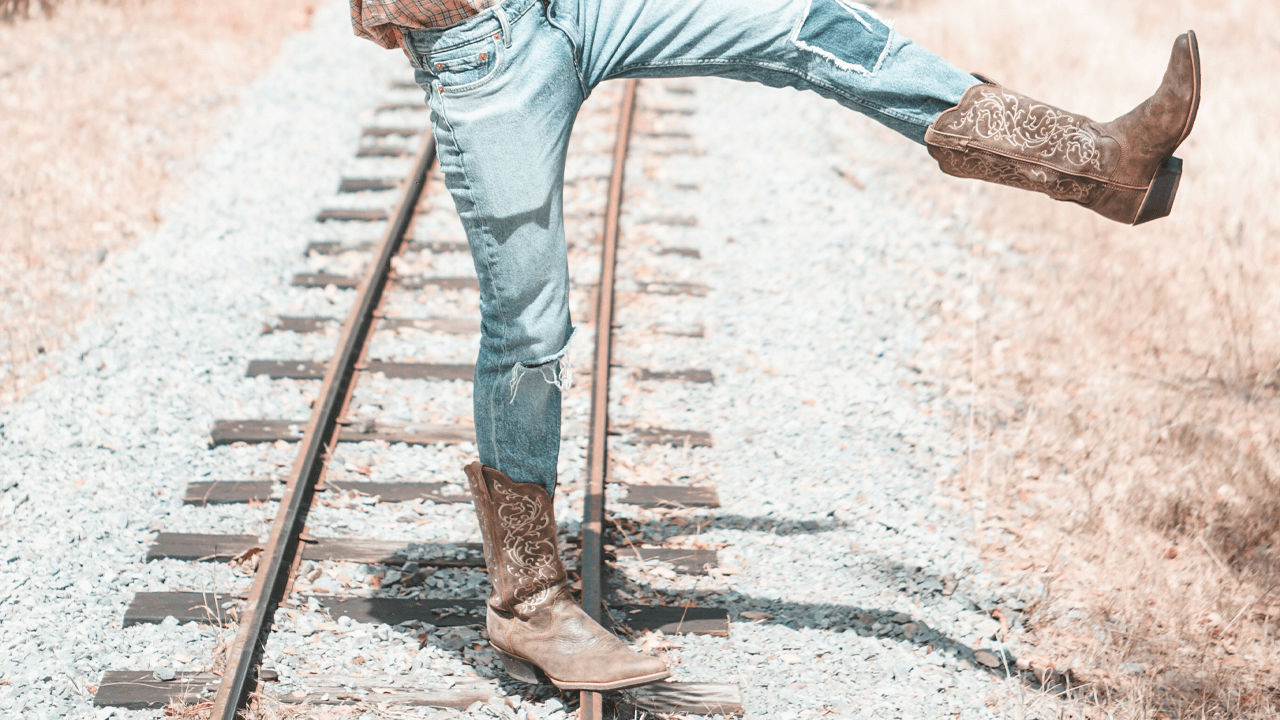
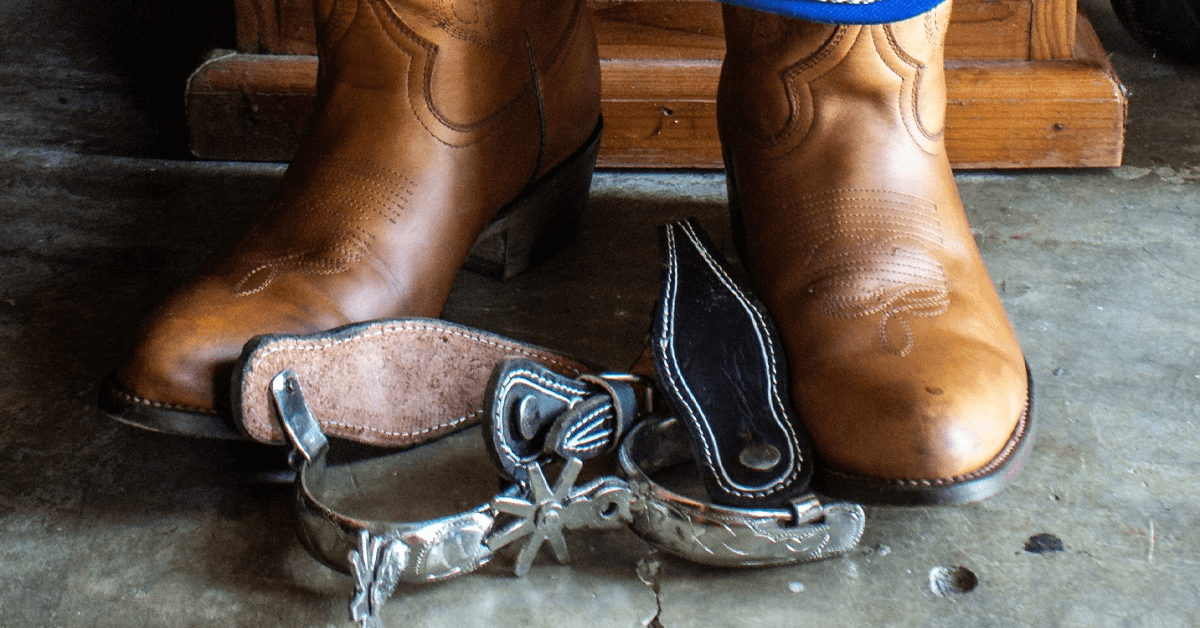
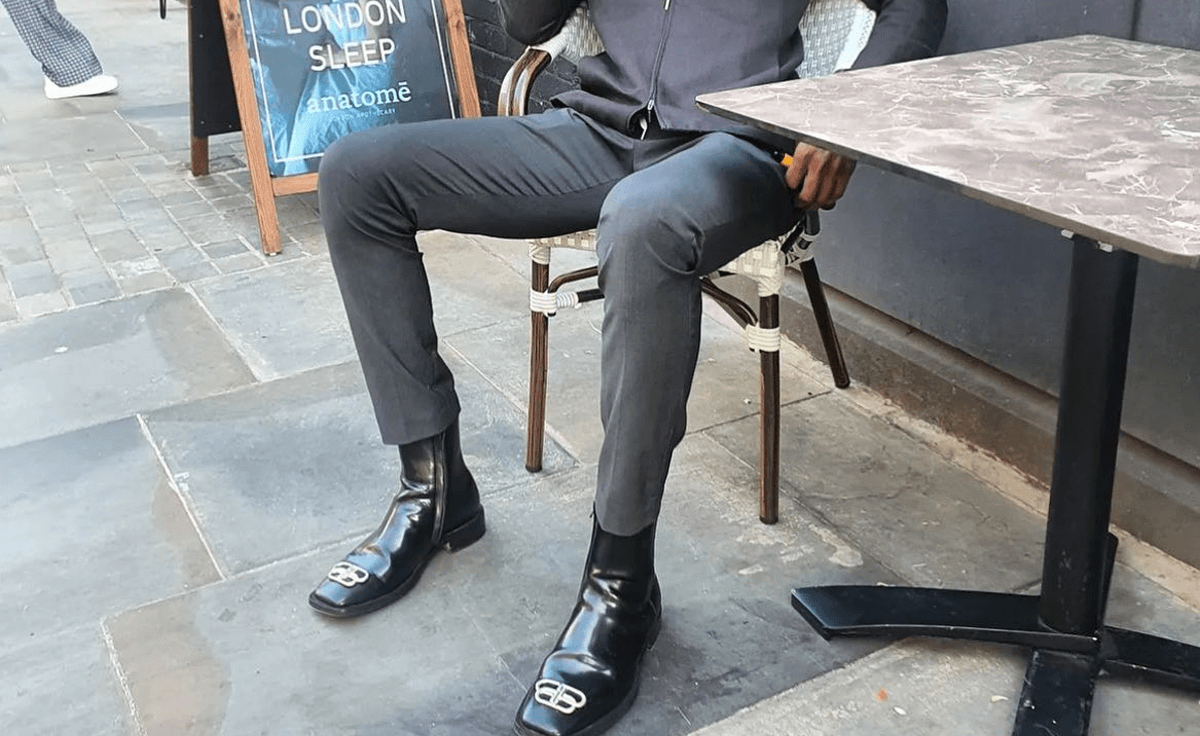
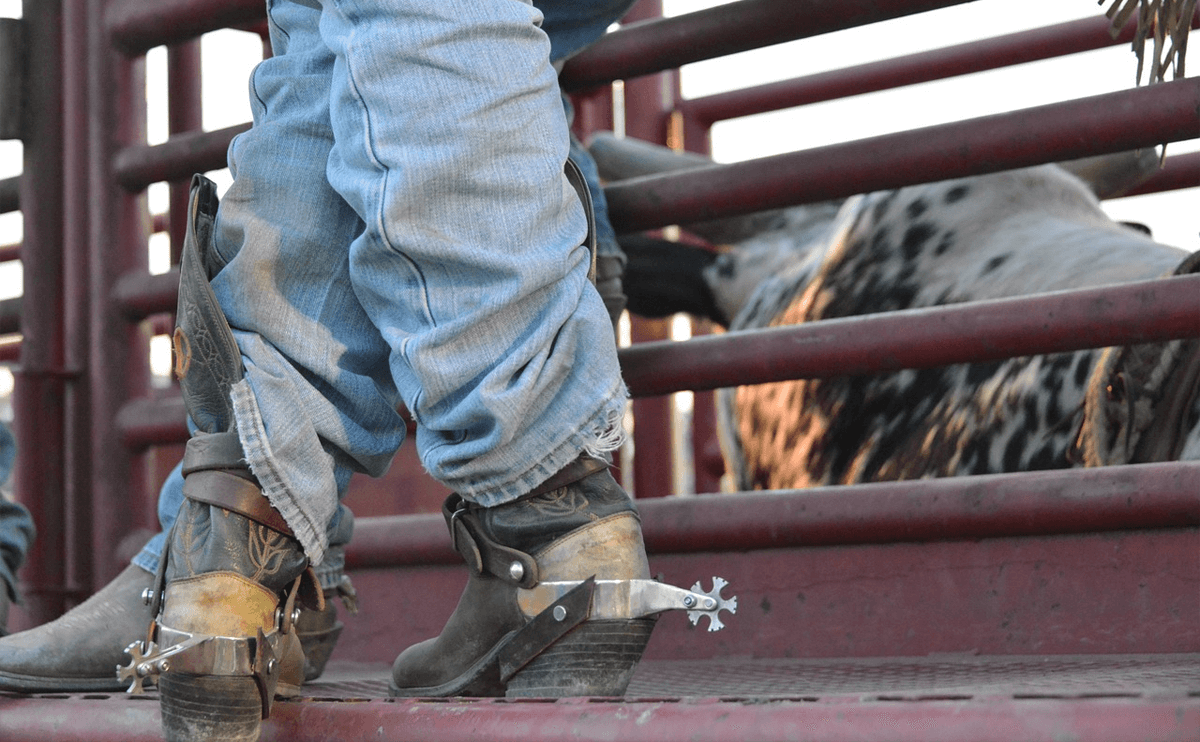
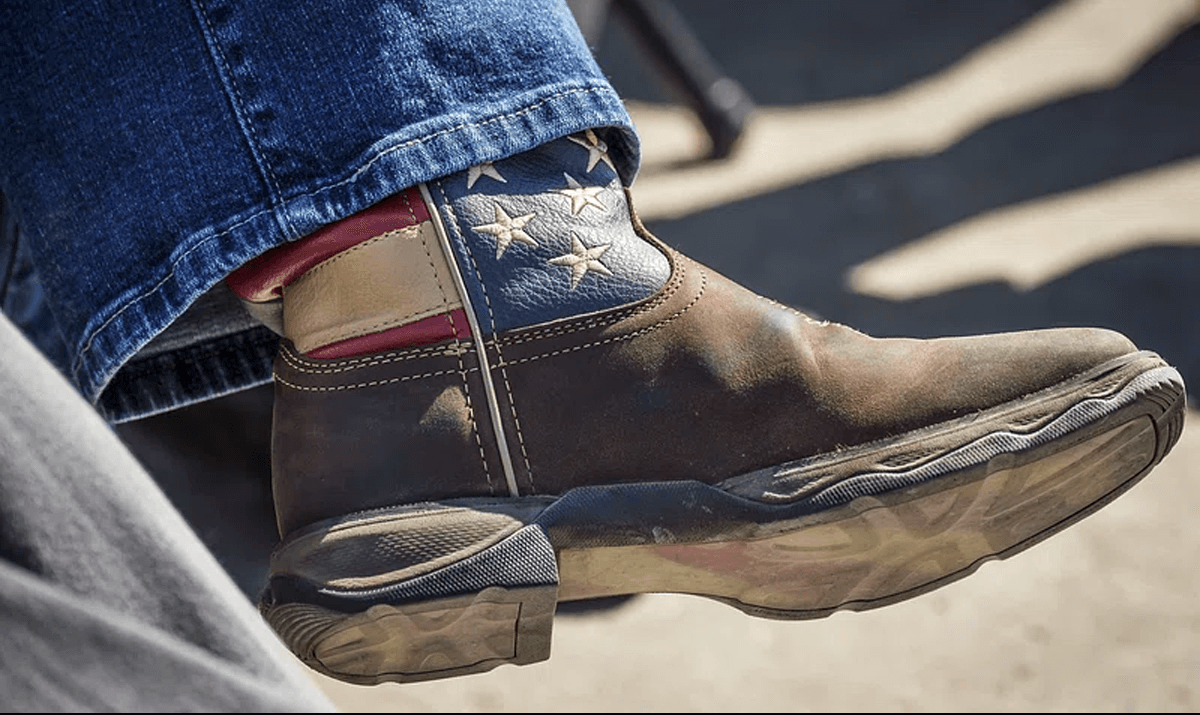
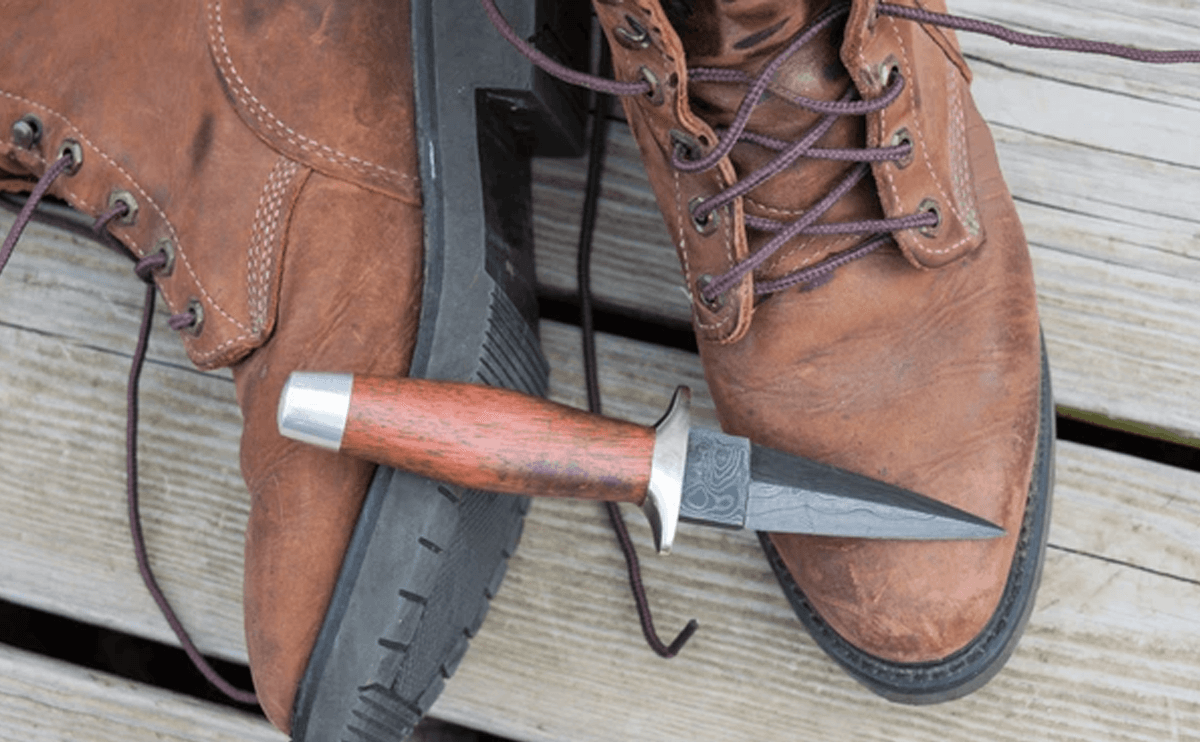
One Comment